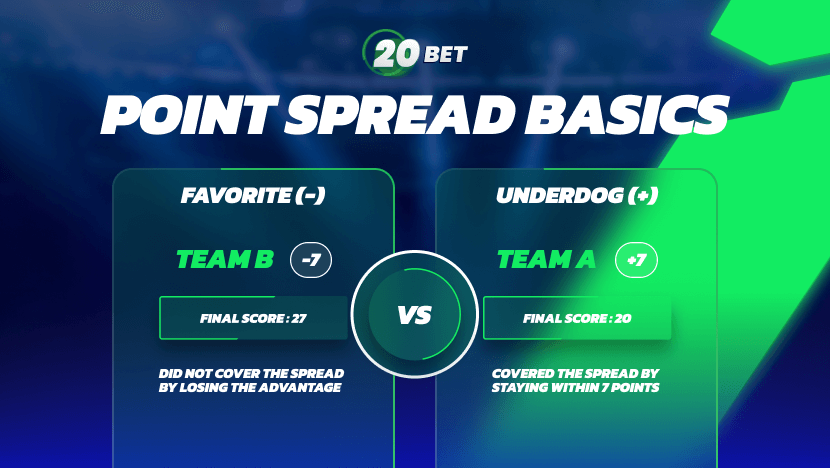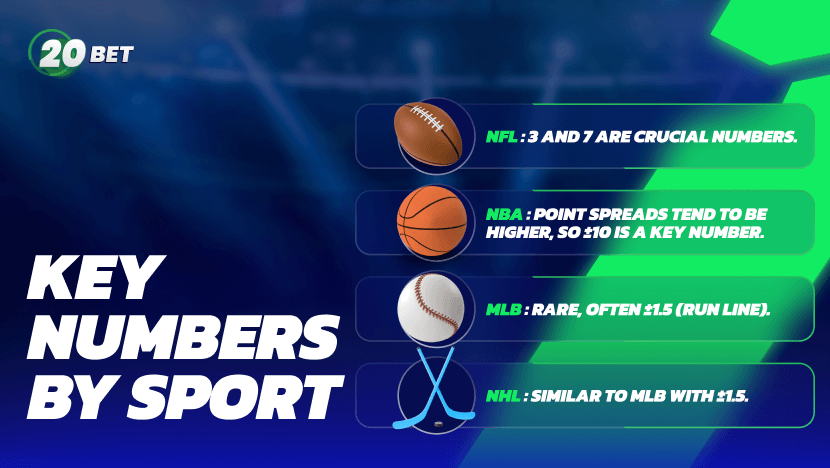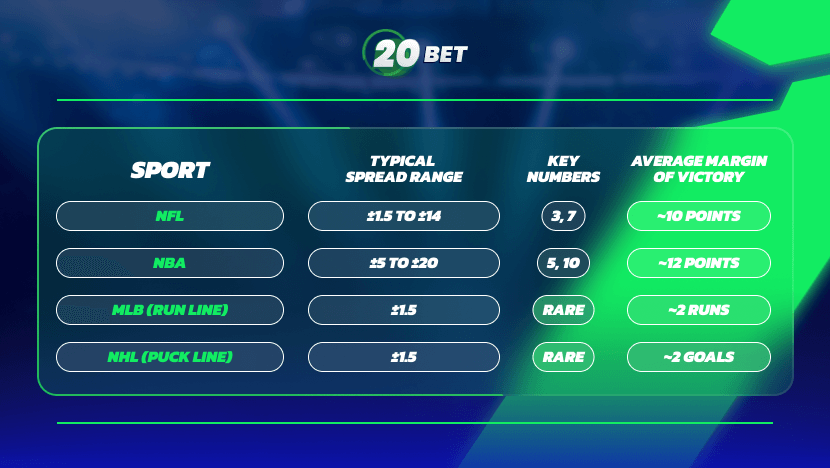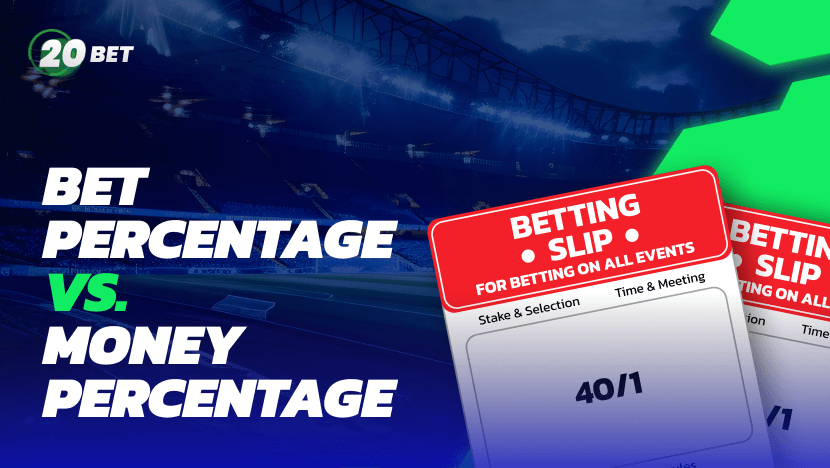While point spread is one of the most entertaining areas of betting (at least, in our opinion), it still requires some awareness before you try it. Through this guide, you’ll gain a deeper understanding of the logic and math behind point spreads.
What is Point Spread Betting?
It’s a pretty popular type of wagering in a sportsbook environment. Unlike regular and sometimes boring bets on which team will win, this type of bet focuses on the margin of victory. Betting against the spread means to predict whether a team will “cover the spread” instead of betting on a simple win or loss. It makes sense even if the match is one-sided with an obvious outcome.
How Point Spreads Are Calculated
Sportsbooks calculations involve multiple factors, including the analysis of team performance, player conditions, and historical data.
Let’s take a look at the most common sports betting analytics tools:
- Data Collection: Bookmakers collect data on team strength, injuries, and recent game performances.
- Initial Prediction: Algorithms estimate the expected score difference.
- Market Adjustment: The points spread may shift based on betting activity and public opinion to keep wagers balanced.
What Determines the Point Spread?
There are a few things to take into account during the calculation of the spread:
- Team performance
- Home-field advantage
- Injuries
- Historical matchups
- Public betting trends
What is the Goal of the Point Spread
The primary purpose of a point spread is to create balance. Ideally, the spread bet makes betting equal for both sides, ensuring that the sportsbook minimizes its risk.
The Role of Public Betting Behavior
The opinion of the public actually matters, at last. Heavy wagering on one side often forces sportsbooks to adjust the spread to keep things more fair. Such regulation is supposed to make both sides more appealing to you.

The Key Numbers in Point Spread Betting
Some numbers are more common in outcomes, especially in high-scoring sports like football and basketball. In our experience, knowing these numbers is a must-have before betting on a point spread.
How to Read a Point Spread
Here are the most basic and important things you’ll need to understand how to read a point spread.
The Handicap
The handicap is the number of points by which a favoured team is expected to beat the underdog.
The Favorite
The “favourite” is the expected winner, and unfortunately, for every bettor, it has a negative point spread (e.g., -6.5 points). What a pity.
The Underdog
The underdog is the team with the lowest odds of winning. It will obviously have a positive point spread (e.g., +6.5 points).
Covering the Spread
“Covering the spread” means that the winning team beats the handicap. For example, if a team is favoured by 7 points but wins by only 4, the spread isn’t covered.
The Mathematics of Point Spread Payouts
And, of course, there are more things to keep track of when it comes to payouts. One of those things is the vig. Let’s break it down.
Vig and Its Impact on Point Spreads
The vig (short for vigorish) is the sportsbook’s commission. This is why you see a sad scene when a bet requires wagering $110 to win $100. That’s how the sportsbook earns its bread, even when bettors win.
How the Vig Affects Bettors
Even if you make the right bet, you have to deal with the vig. Let’s say it’s like governmental taxes (which also have to be paid if you get a payout). So be sure you know how to report sports betting winnings.

Point Spreads Across Different Sports
Different sports have some nuances when it comes to point spreads. Let’s talk about them for a moment.
Key Numbers by Sport
Some sports even have their own name for a point spread. In baseball, the spread is called the run line, and in hockey, they call it the puck line.
NFL Point Spreads
The most critical numbers in the National Football League (NFL) point spreads are 3, 7 and 10. The reason is there are too many games that are decided by exactly 3 points. The difference between a -3 point spread and a -3.5 point spread is huge.
NBA Point Spreads
The National Basketball Association (NBA) games are pretty high-scoring, making point spreads somewhat less predictable, especially nowadays. Still, the traditional numbers are 5, 6, 7, and 8.
MLB Point Spreads
In Major League Baseball (MLB), point spreads are usually fixed at 1.5 runs due to the relatively low-scoring nature of games.
NHL Point Spreads
In the National Hockey League (NHL), point spreads also tend to be around 1.5 goals since the scores are also pretty low.

Responsible Gambling
Even if you’re a mathematician when it comes to point spreads, please do not forget about responsible gambling. Set wagering limits, and remember that this whole thing is rather about having fun than making a profit. It’s all fun and games until you become addicted.
FAQ
Why do sportsbooks adjust point spreads?






